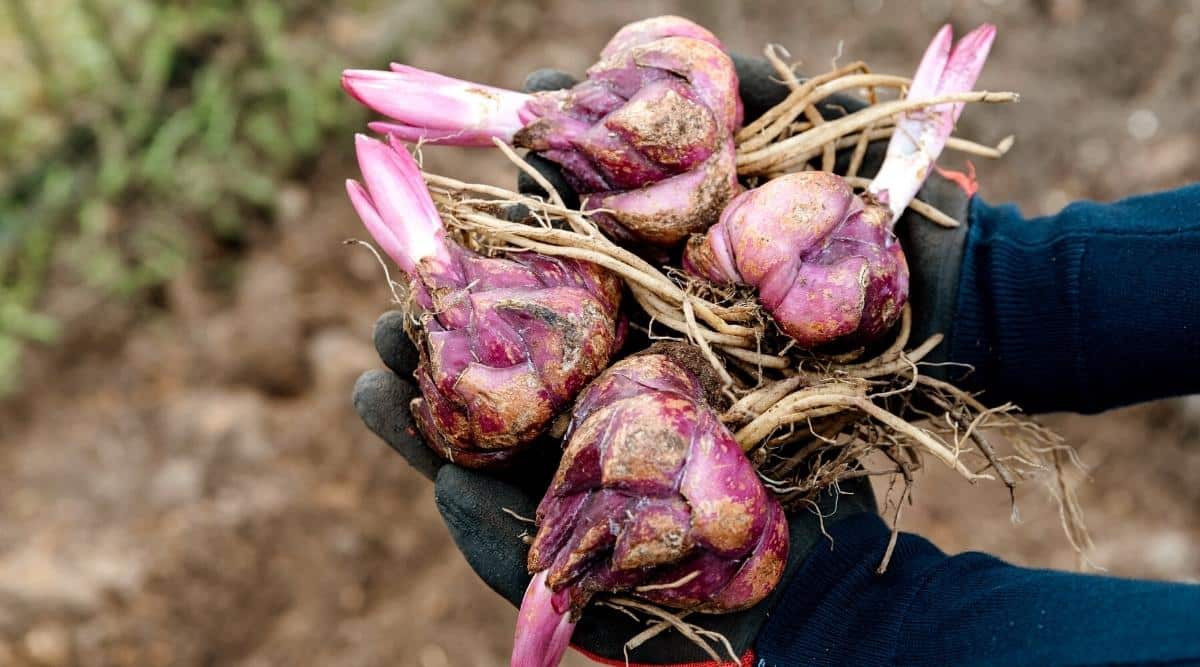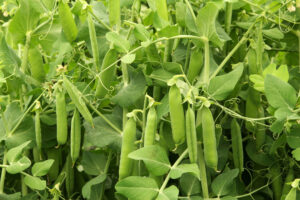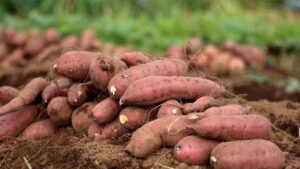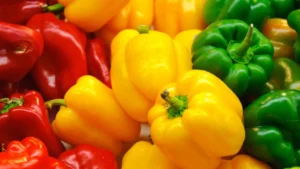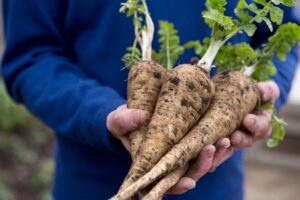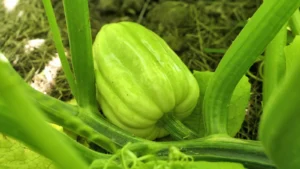How to Grow and Use Culinary Herbs: A Complete Guide to Growing Corms
Growing your own herbs is one of the most rewarding gardening experiences, especially when it comes to flavorful varieties that grow from corms. These underground storage organs give life to some of the most distinctive culinary herbs, including saffron and water chestnuts. Whether you have a spacious garden, a few pots on your patio, or just a sunny windowsill, you can successfully grow these unique herbs to enhance your cooking with fresh, homegrown flavors.
What Are Corms and Why Grow Them?
Corms are specialized underground plant stems that serve as storage organs. Unlike bulbs (which are composed of layers), corms are solid stem tissue. Many culinary plants that grow from corms offer unique flavors that can be difficult to find in stores or are expensive when purchased.
Some popular culinary herbs and spices that grow from corms include:
- Saffron crocus (Crocus sativus)
- Water chestnut (Eleocharis dulcis)
- Wasabi (Wasabia japonica)
- Chinese artichoke (Stachys affinis)
- Arrowroot (Maranta arundinacea)
According to the USDA National Agricultural Library, growing your own herbs, including those from corms, can provide fresher flavors than store-bought alternatives while reducing your grocery expenses.
Growing Corms in Your Garden
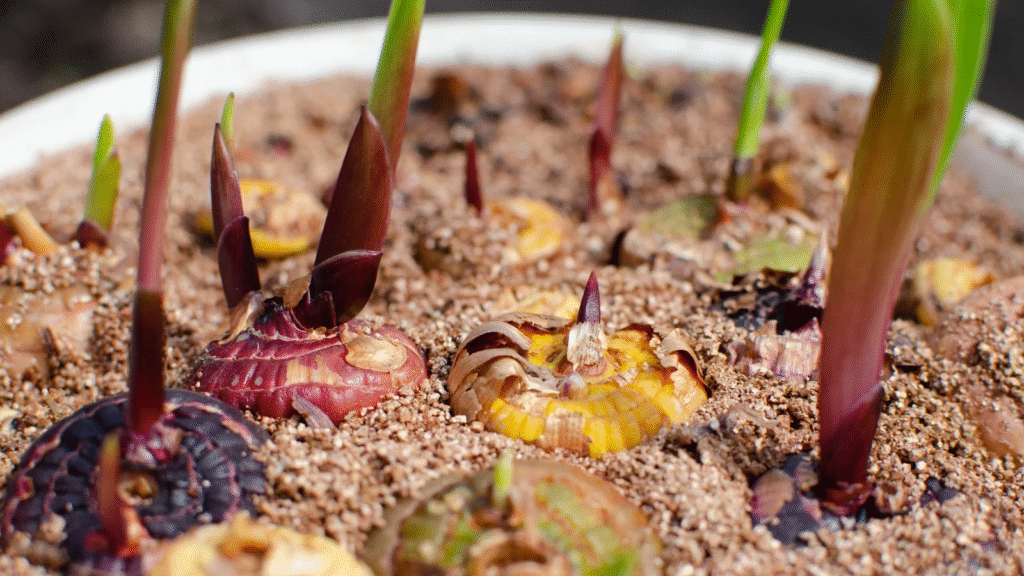
Selecting the Right Location
When growing corm-based herbs in your garden, location is crucial for success. Most culinary corms prefer:
- Well-draining soil with rich organic matter
- At least 6 hours of sunlight daily (though some, like wasabi, prefer partial shade)
- Protection from strong winds
Soil Preparation
Before planting your corms:
- Test your soil pH (most culinary corms prefer slightly acidic to neutral soil, pH 6.0-7.0)
- Amend the soil with compost or well-rotted manure to improve drainage and fertility
- Remove rocks, weeds, and debris from the planting area
- Consider raised beds if your native soil has poor drainage
Planting Techniques for Garden Beds
Follow these steps when planting corms in your garden:
- Dig holes or trenches to the appropriate depth (generally 2-3 times the height of the corm)
- Space corms according to variety requirements (typically 4-6 inches apart)
- Place corms with the pointed end facing up
- Cover with soil and water thoroughly
- Add a layer of mulch to retain moisture and prevent weeds
Seasonal Care and Maintenance
Proper care throughout the growing season ensures healthy plants and abundant harvests:
- Water consistently, keeping soil moist but not waterlogged
- Apply organic fertilizer monthly during growing season
- Remove weeds regularly to prevent competition for nutrients
- Monitor for pests and diseases
- Provide winter protection for perennial varieties in colder climates
Container Growing: Herbs in Pots
Not everyone has garden space, but many corm-based herbs grow excellently in containers.
Choosing the Right Containers
Select containers that provide:
- Adequate drainage (multiple drainage holes)
- Sufficient depth for root development (at least 8-12 inches for most corms)
- Appropriate width based on spacing requirements (wider pots can accommodate multiple corms)
- Durable materials that can withstand your climate
Terracotta pots are excellent choices as they allow soil to breathe, though plastic containers retain moisture longer, which can be beneficial in hot climates.
Container Soil Mix
Create an optimal growing environment with this container mix:
- 60% high-quality potting soil
- 20% compost
- 20% perlite or coarse sand for drainage
Avoid using garden soil in containers as it compacts easily and may introduce pests or diseases.
Planting Process for Containers
To plant corms in containers:
- Fill the container with soil mix to about 2 inches below the rim
- Place corms at appropriate depth (2-3 times their height)
- Cover with additional soil mix
- Water thoroughly until water flows from drainage holes
- Place in a location that receives appropriate light for your specific herb
Container Maintenance
Container-grown herbs require more frequent attention:
- Water more regularly than garden plants (check soil moisture daily in hot weather)
- Fertilize every 2-3 weeks with a balanced organic fertilizer
- Rotate containers occasionally to ensure even growth
- Consider moving containers to protected areas during extreme weather
Indoor Growing: Herbs on Your Windowsill
Some corm-based herbs can thrive indoors, bringing fresh flavors to your kitchen year-round.
Light Requirements
Adequate light is the biggest challenge for indoor herb growing:
- Select a south-facing window for maximum natural light
- Supplement with grow lights if natural light is insufficient
- Provide 12-14 hours of light daily
- Rotate plants weekly to ensure even growth
Indoor Growing Environment
Create an optimal indoor environment:
- Maintain temperatures between 65-75°F (18-24°C)
- Provide humidity through pebble trays or occasional misting
- Ensure good air circulation to prevent fungal issues
- Keep away from drafts, heating vents, and air conditioners
Special Indoor Growing Considerations
When growing corms indoors:
- Select dwarf or compact varieties when available
- Use deeper containers than you might for other indoor herbs
- Consider dormancy requirements (some corms need a rest period)
- Be patient, as indoor-grown herbs often develop more slowly than those outdoors
Starting Corms from Seeds
While most corms are typically propagated by division, some can be grown from seeds, though this method requires more time and patience.
Seed Selection and Preparation
For successful germination:
- Purchase high-quality seeds from reputable suppliers
- Check seed viability dates and storage requirements
- Some corm-producing plant seeds benefit from stratification (cold treatment) or scarification (breaking seed coat) before planting
- Pre-soak seeds for 12-24 hours before planting to improve germination rates
Seed Starting Process
Follow these steps when starting seeds:
- Fill seed trays with sterile seed starting mix
- Plant seeds at recommended depth (usually very shallow)
- Cover with a thin layer of soil or vermiculite
- Moisten soil gently with a spray bottle
- Cover with plastic dome or plastic wrap to maintain humidity
- Place in warm location (65-75°F/18-24°C)
- Once germinated, remove cover and place under grow lights or in bright location
From Seedling to Mature Plant
The journey from seed to harvestable herb requires:
- Consistent moisture (never allowing seedlings to dry out)
- Gentle feeding with diluted organic fertilizer starting when true leaves appear
- Gradual hardening off before transplanting outdoors
- Patience, as most corm-producing plants take 1-2 years from seed to mature plant
Common Varieties and Their Specific Requirements
Different corm-based herbs have unique growing requirements for optimal results.
Variety-Specific Growing Guide
| Herb Type | Light Requirements | Soil pH | Watering Needs | Time to Harvest | USDA Zones | Special Requirements |
|---|---|---|---|---|---|---|
| Saffron Crocus | Full sun | 6.0-8.0 | Low to moderate | 6-8 weeks after planting for flowers | 5-9 | Needs dry summer dormancy period |
| Water Chestnut | Full sun | 6.5-7.5 | Constantly wet (standing water) | 7-9 months | 5-10 | Needs shallow water to grow properly |
| Wasabi | Partial to full shade | 6.0-7.0 | Consistently moist | 18-24 months | 7-10 | Requires cool temperatures and high humidity |
| Chinese Artichoke | Full sun to part shade | 6.0-6.5 | Moderate | 10-12 months | 4-8 | Benefits from mulching in winter |
| Arrowroot | Partial shade | 5.5-7.0 | Moderate to high | 10-12 months | 8-11 | Prefers humid conditions |
Saffron Crocus (Crocus sativus)
Saffron, the world’s most expensive spice, comes from the stigmas of Crocus sativus flowers:
- Plant corms 4 inches deep and 6 inches apart in late summer
- Saffron blooms in fall, producing purple flowers with bright red stigmas
- Harvest stigmas when flowers are fully open
- Allow foliage to die back naturally to strengthen corms
- Divide corms every 3-4 years to prevent overcrowding
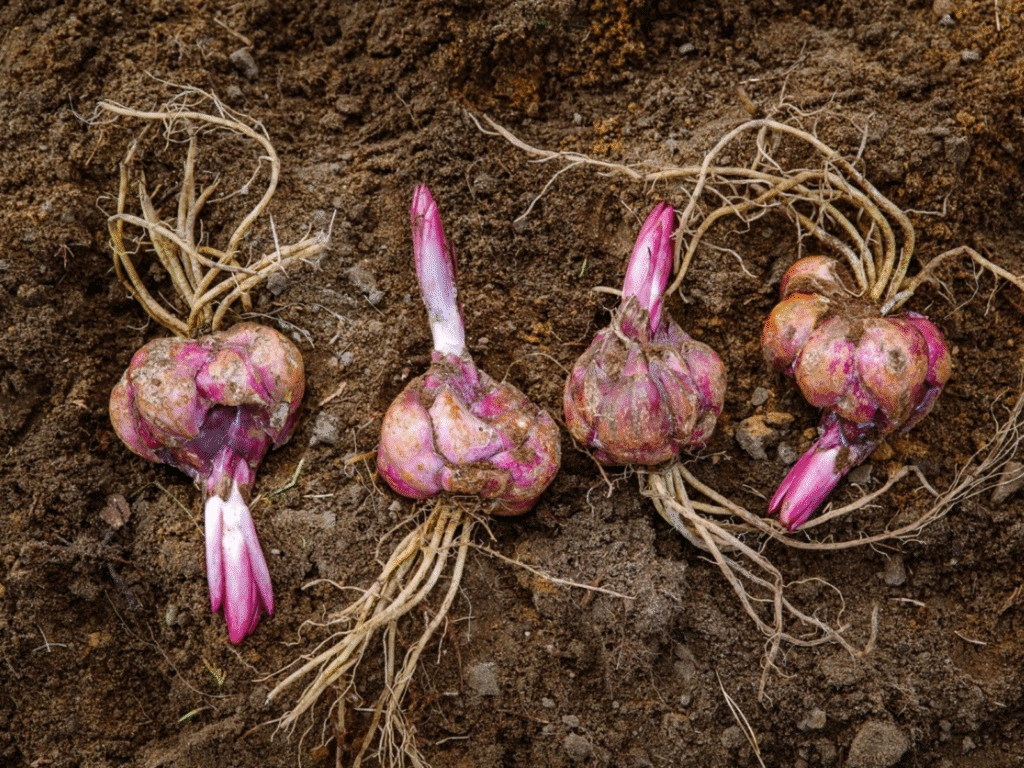
Water Chestnut (Eleocharis dulcis)
These aquatic corms produce crisp, sweet tubers used in Asian cuisine:
- Grow in containers with no drainage holes
- Maintain 2-4 inches of standing water above soil
- Plant in rich, mucky soil
- Harvest when foliage begins to yellow in fall
- Store harvested corms in cool, damp sand for winter planting
Pest and Disease Management
Maintaining healthy plants requires vigilance against common problems.
Common Pests
Monitor your herbs for these common pests:
- Aphids: Treat with insecticidal soap or strong water spray
- Spider mites: Increase humidity and treat with neem oil
- Thrips: Use sticky traps and insecticidal soap
- Snails and slugs: Set up beer traps or use diatomaceous earth barriers
Disease Prevention
Prevent common diseases with these practices:
- Provide adequate spacing for air circulation
- Water at the base of plants, avoiding foliage
- Remove and destroy any diseased plant material immediately
- Rotate planting locations yearly
- Clean tools between uses to prevent spreading infection
Harvesting and Using Your Corm-Based Herbs
Proper harvesting ensures maximum flavor and continued plant health.
Harvesting Techniques
Each type of corm-based herb has specific harvesting requirements:
- Saffron: Harvest stigmas by hand in the morning when flowers are fully open
- Water chestnuts: Drain growing containers and dig up corms when foliage yellows
- Wasabi: Harvest the main rhizome after 18-24 months, leaving smaller offshoots to regrow
- Chinese artichoke: Dig up knobby tubers after foliage dies back in fall
- Arrowroot: Harvest mature rhizomes when plants are at least 10-12 months old
Storage Methods
Preserve your harvest with these storage techniques:
- Saffron: Dry stigmas in a warm, dark place for 12-24 hours, then store in airtight containers
- Water chestnuts: Store unpeeled in refrigerator for up to 2 weeks or keep in cold water for 1 month
- Wasabi: Wrap freshly harvested rhizomes in damp paper towels and refrigerate
- Chinese artichoke: Store in damp sand in a cool, dark place or refrigerate in perforated plastic bags
- Arrowroot: Process into powder immediately or store briefly like ginger
Culinary Uses
Enhance your cooking with these flavorful herbs:
- Saffron: Use in paella, risotto, bouillabaisse, and desserts
- Water chestnuts: Add crunch to stir-fries, salads, and stuffings
- Wasabi: Serve with sushi or use in dressings and marinades
- Chinese artichoke: Add to stir-fries or pickle for a crunchy treat
- Arrowroot: Use as a thickening agent for sauces and puddings
The US Market for Corm-Based Herbs
The market for specialty herbs grown from corms continues to expand in the United States.
Market Growth and Opportunities
According to the USDA Agricultural Marketing Service, specialty herb production has seen significant growth:
- The saffron market has increased by 12% annually over the past five years
- Water chestnuts have experienced growing demand with the rise in popularity of Asian cuisine
- Small-scale wasabi production has emerged as a profitable niche market
- Direct-to-consumer sales through farmers’ markets offer premium prices for locally grown specialty herbs
Economic Considerations for Home Growers
If you’re considering scaling up production:
- Saffron offers the highest profit potential but requires intensive labor for harvest
- Water chestnuts can be productive in relatively small spaces but require specialized growing conditions
- Wasabi commands high prices but has demanding growing requirements
- Start-up costs vary significantly depending on chosen varieties and scale
Sustainable Growing Practices
Implement these eco-friendly approaches for healthier plants and environment:
- Compost garden waste to create nutrient-rich soil amendments
- Practice water conservation through mulching and efficient irrigation
- Introduce beneficial insects rather than using chemical pesticides
- Save seeds and divide corms to reduce dependency on commercial sources
- Use organic fertilizers derived from natural sources
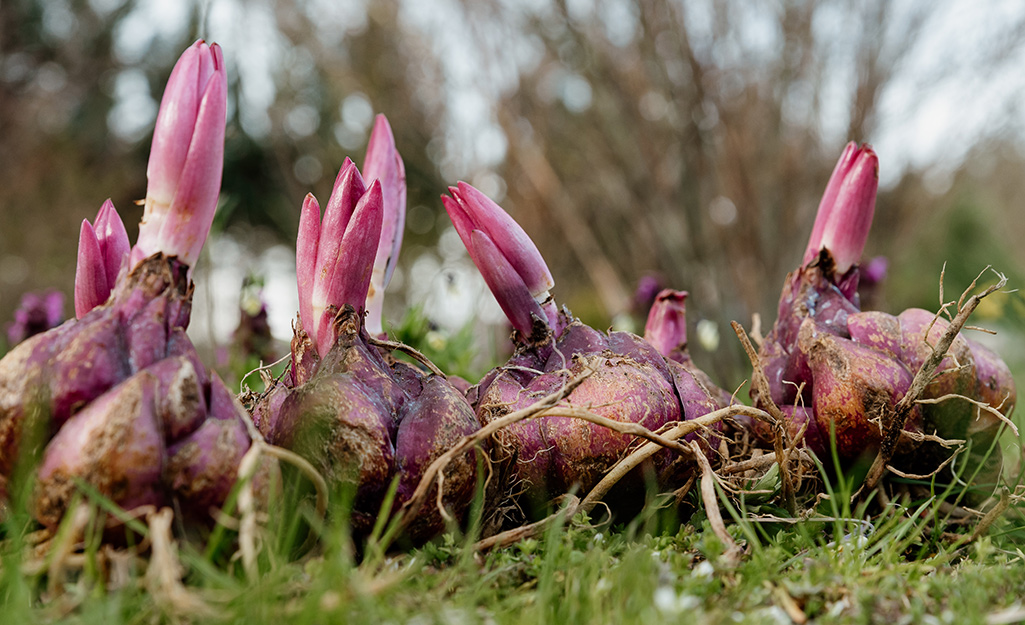
Troubleshooting Common Issues
Even experienced gardeners encounter problems. Here are solutions to common challenges:
Problem-Solving Guide
- Corms not sprouting: Check planting depth and ensure adequate moisture; examine corms for signs of rot or damage
- Poor flowering/yield: Evaluate light conditions; test soil for nutrient deficiencies; consider whether plants need division
- Yellowing foliage: May indicate overwatering or poor drainage; check for pests on undersides of leaves
- Stunted growth: Could be caused by compacted soil, insufficient nutrients, or too-small containers
- Rotting corms: Usually indicates excessive moisture; improve drainage and reduce watering frequency
Conclusion
Growing culinary herbs from corms offers a rewarding way to expand your herb garden and culinary repertoire. With the right conditions and care, these specialized herbs can thrive in gardens, containers, or even indoor spaces across most of the United States. The unique flavors they provide make the extra effort worthwhile, whether you’re growing for personal use or considering small-scale commercial production.
By understanding the specific requirements of different corm varieties and implementing proper growing techniques, you can enjoy a successful harvest of these distinctive culinary treasures. Start with one variety that interests you most, then expand your collection as you gain experience with these fascinating plants.
